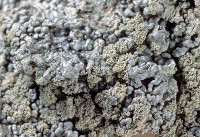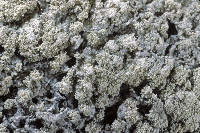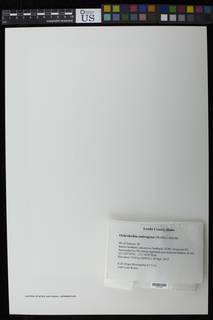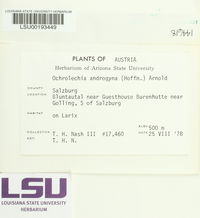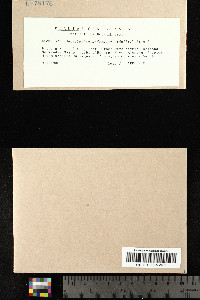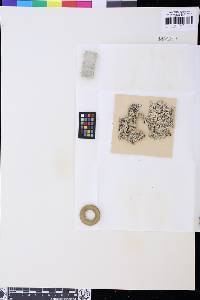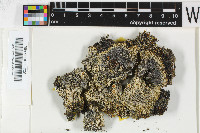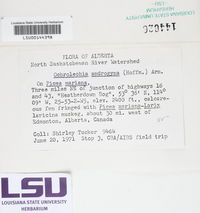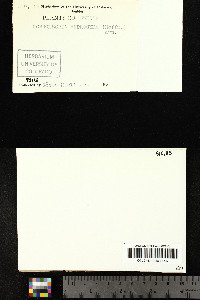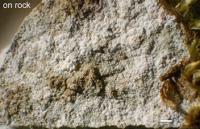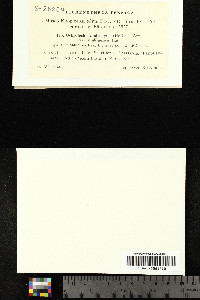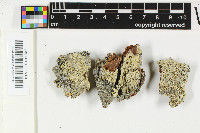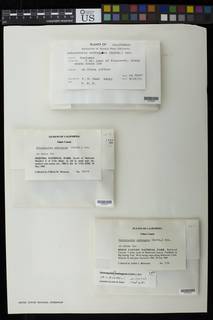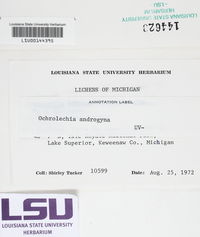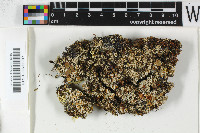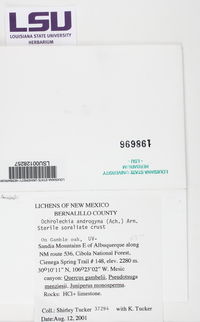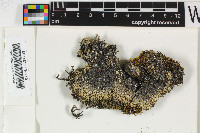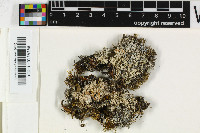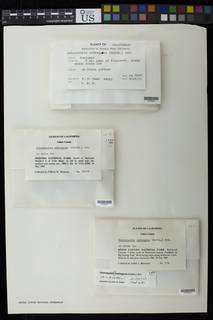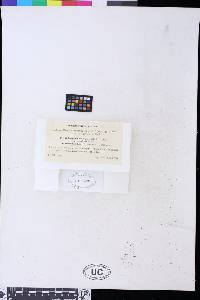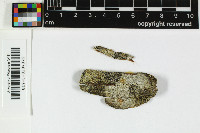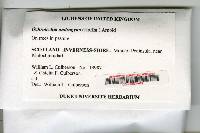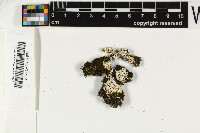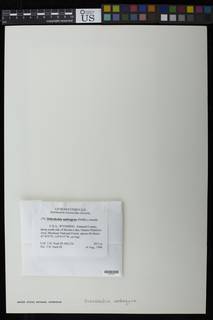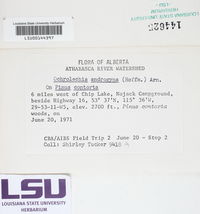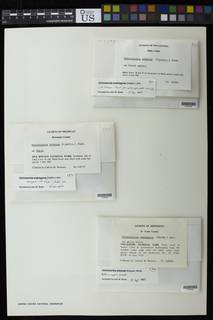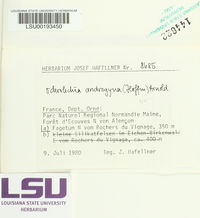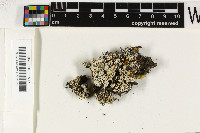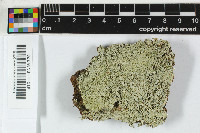
Consortium of Lichen Herbaria
- building a Global Consortium of Bryophytes and Lichens as keystones of cryptobiotic communities -
- Home
- Search
- Images
- Species Checklists
- US States: O-Z >
- US National Parks
- Central America
- South America
- US National Parks
- Southern Subpolar Region
|
|
|
|
Family: Ochrolechiaceae
[Lecanora tartarea subsp. subtartarea Nyl., moreLichen androgynus Hoffm.] |
Nash, T.H., Ryan, B.D., Gries, C., Bungartz, F., (eds.) 2004. Lichen Flora of the Greater Sonoran Desert Region. Vol 2. Thallus: crustose, frequently rugose to verrucose-aereolate, much expanded areoles: thin to more often quite thick surface: yellowish white or pale gray, smooth to rough, somewhat shiny, sorediate soredia: yellowish or whitish yellow, coarsely granular soralia: yellowish white to light orange, abundant, conspicuous, diffuse to well delimited, usually beginning as small, scattered, hemispherical masses of coarse soredia, later coalescing into broader, irregular sorediate patches, K- or +brown, C+ red, KC+ red, P- Apothecia: not seen in North (or South) America Pycnidia: not seen Spot tests: thallus cortex (under necrotic layer): K- or K+ pale yellow, C+ red, KC+ red, P-; medulla: K-, C- or sometimes C+ very pale or quite distinct pink, KC-, P-; all tissues: UV- or white Secondary metabolites: gyrophoric acid (major), lecanoric acid (trace), sometimes some unidentified fatty acids, hiascic acid (+major) seen in South American specimens by Messuti and Lumbsch (2000). Substrate and ecology: on deciduous and coniferous tree bark, wood, rocks and over mosses and detritus World distribution: boreal to arctic, circumpolar, with a notable disjunct southwestern population, especially along the Sierra Nevada Mountains Sonoran distribution: Arizona, southern California, Baja California, Chihuahua. Notes: When on bark (in temperate regions), this species is frequently confused with O. arborea, though a UV test of the thallus surface should readily distinguish the two, as O. arborea has UV+ bright yellow soralia (due to lichexanthone), while O. androgyna is at most whitish if not UV-. Ochrolechia arborea also has a much thinner and more effuse, orbicular thallus, that is always less well developed than verruculose, while O. androgyna has a much thicker (and often larger) thalli, that are often quite verrucose. The disjunct California population of O. androgyna is morphologically uniform and, due differences in fatty acid production, may be a separate taxon (Brodo (1991). |
|
|
|
Powered by Symbiota



